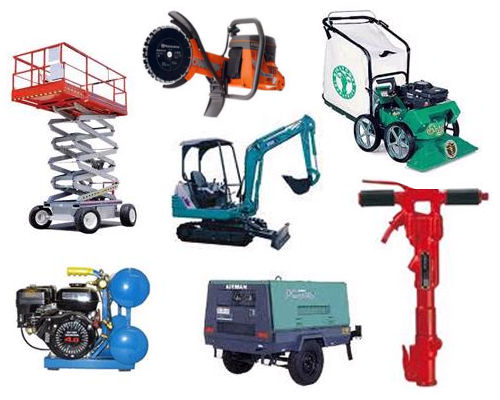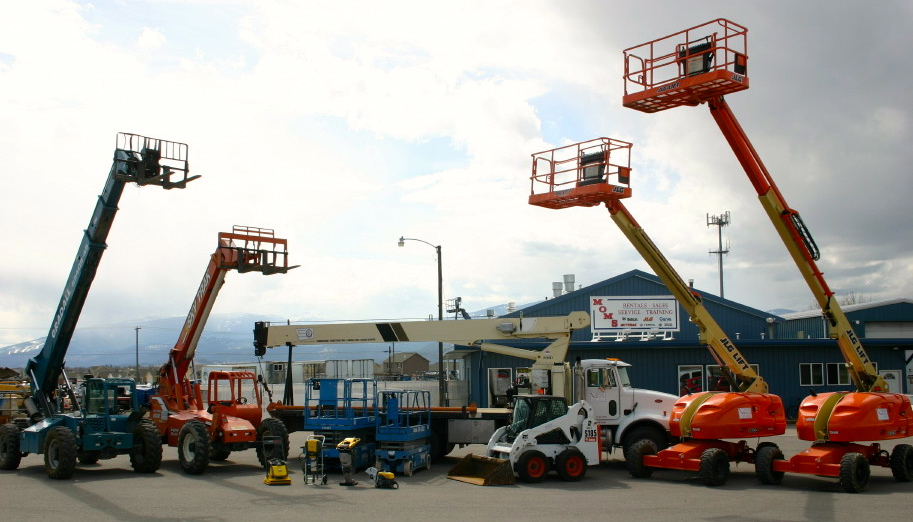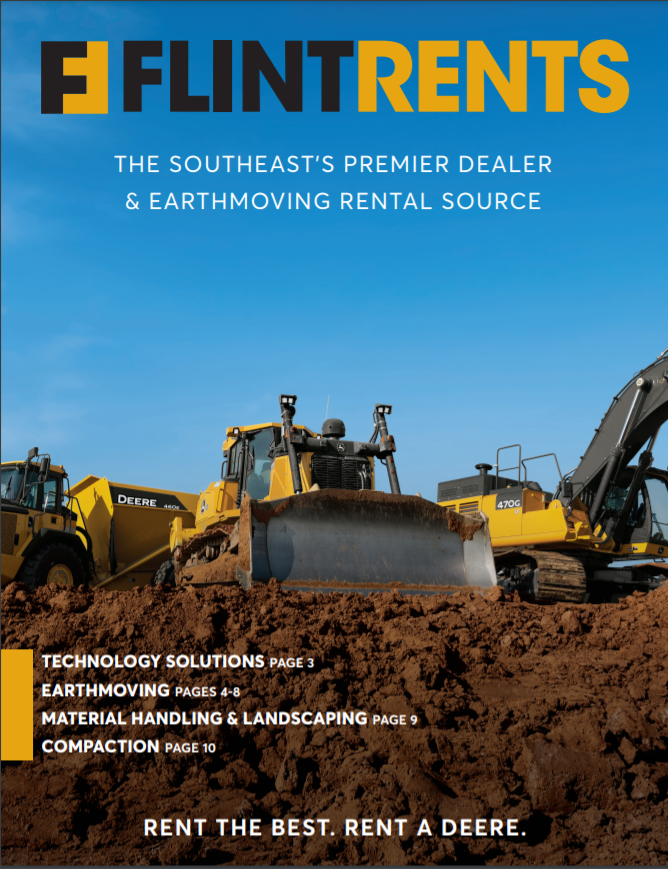Equipment Rental Company: Your Source for All Sorts Of Equipment
Equipment Rental Company: Your Source for All Sorts Of Equipment
Blog Article
Optimize Your Budget Plan by Understanding the Costs Related To Building And Construction Devices Rentals
Understanding the complete extent of expenses related to construction tools services is vital for maximizing your budget plan. While the first rental charge might appear uncomplicated, various additional expenditures-- such as transportation, gas surcharges, and maintenance-- can swiftly build up, influencing your monetary preparation. Being conscious of various fees and the intricacies of rental contracts can help prevent unanticipated financial worries. What techniques can be used to effectively handle these prices and guarantee an extra efficient rental experience?
Review of Rental Expenses
When considering building and construction equipment services, comprehending the linked expenses is paramount for efficient budgeting and project preparation. Rental costs can differ considerably based upon a number of factors, including tools type, period of rental, and area. The initial rental charge frequently shows the equipment's market demand and its linked operational abilities, affecting the overall cost.
Along with the base rental rate, ancillary prices may emerge, such as transport costs, fuel surcharges, and maintenance costs. It is important to account for these added expenses to precisely analyze the total price of leasing tools. The rental duration can influence rates; longer leasings might certify for affordable prices, while temporary rentals might incur higher daily charges.

Malfunction of Rental Rates
An extensive understanding of rental rates is important for service providers and job managers aiming to optimize their budget plans. Rental prices for building and construction tools commonly are composed of several components, consisting of base prices, time-based fees, and usage fees.
Base prices are the core fees related to the leasing of the equipment, often established by the kind and size of the machinery. These prices can vary considerably, influenced by variables such as devices need, schedule, and local market trends. Time-based costs, which may be daily, weekly, or monthly, serve to fit various job timelines and rental periods.
In addition, rental rates may consist of usage charges, which are applicable when devices is utilized past a defined threshold, ensuring that the rental firm can account for deterioration. Seasonal demand variations can also influence rental rates, with peak building and construction seasons generally regulating higher costs.
Moreover, recognizing the rental company's plans regarding upkeep and insurance can supply more insight right into the overall expense framework. By evaluating these parts, contractors can make educated choices, guaranteeing the option of rental equipment lines up with both task needs and budget restraints.
Extra Charges to Take Into Consideration
Recognizing the intricacies of additional fees is important for specialists to handle their total service expenditures properly. Past the standard rental rates, various additional charges can considerably impact the total cost of equipment rental. These costs often consist of distribution and pick-up costs, which can differ based on distance and logistics involved in transferring the equipment helpful site to and from the work website.
Additionally, some rental business may impose gas additional charges if the devices is returned with less fuel than when rented out. It is additionally important to be mindful of prospective cleaning fees, specifically for customized devices that requires comprehensive upkeep after usage.

Completely evaluating the rental agreement and making clear these additional costs in advance can help service providers ensure and prevent unexpected expenses that budgets continue to be intact throughout the task lifecycle.
Repair And Maintenance Expenditures
Regular upkeep and repair costs are frequently forgotten elements that can dramatically influence the total expense of construction tools rentals. When leasing tools, it Going Here is important to take into consideration not only the rental charges yet also the prospective prices connected with maintaining the equipment in optimal operating condition.
Several rental companies include fundamental upkeep as part of the rental contract; however, a lot more extensive repair work or unforeseen failures can lead to additional expenses. It's necessary to assess the rental agreement carefully to understand what maintenance click to read services are covered and what obligations fall on the tenant.
Moreover, tools that is not properly maintained can bring about inefficiencies on duty site, potentially causing delays and increasing task expenses. To alleviate these dangers, it is recommended to carry out routine examinations and preserve open interaction with the rental copyright pertaining to any kind of concerns that develop throughout use.
Insurance and Liability Costs
Insurance policy and responsibility prices are important elements that can substantially affect the overall expense of building and construction devices leasings (heavy equipment rental). These prices make sure that both the rental company and the customer are shielded from prospective financial losses emerging from mishaps, damage, or burglary during the rental duration

Additionally, clients need to be conscious of any kind of deductibles or exclusions in the insurance coverage plan, as these can impact possible out-of-pocket expenses. Comprehending the terms of any insurance policy protection is important to prevent unanticipated costs. Eventually, budgeting for insurance policy and liability costs can aid guarantee a smoother rental experience and secure versus financial risks connected with building and construction projects.
Conclusion
Finally, a comprehensive understanding of the costs related to building and construction equipment rentals is crucial for reliable budget administration. By examining rental prices, added fees, maintenance expenses, and insurance coverage needs, companies and people can lessen unanticipated expenses. This critical strategy not just boosts cost-effectiveness yet additionally makes sure that tasks advance smoothly and effectively. Eventually, informed decision-making concerning equipment rentals contributes to the total success of building and construction undertakings.
Rental expenses can vary dramatically based on a number of elements, including tools type, period of leasing, and location (scissor lift rental). The rental period can influence prices; longer services may certify for reduced rates, while temporary rentals may incur greater daily fees
By conducting detailed research study and involving with credible rental companies, service providers can efficiently browse the complexities of rental prices, ultimately maximizing their economic resources.
Past the basic rental rates, various auxiliary charges can substantially impact the overall price of devices rental. Rental business frequently supply responsibility insurance coverage that covers injuries to 3rd parties or damages to property, while equipment damages insurance can cover the expense of repair services or substitute if the rented devices is harmed.
Report this page